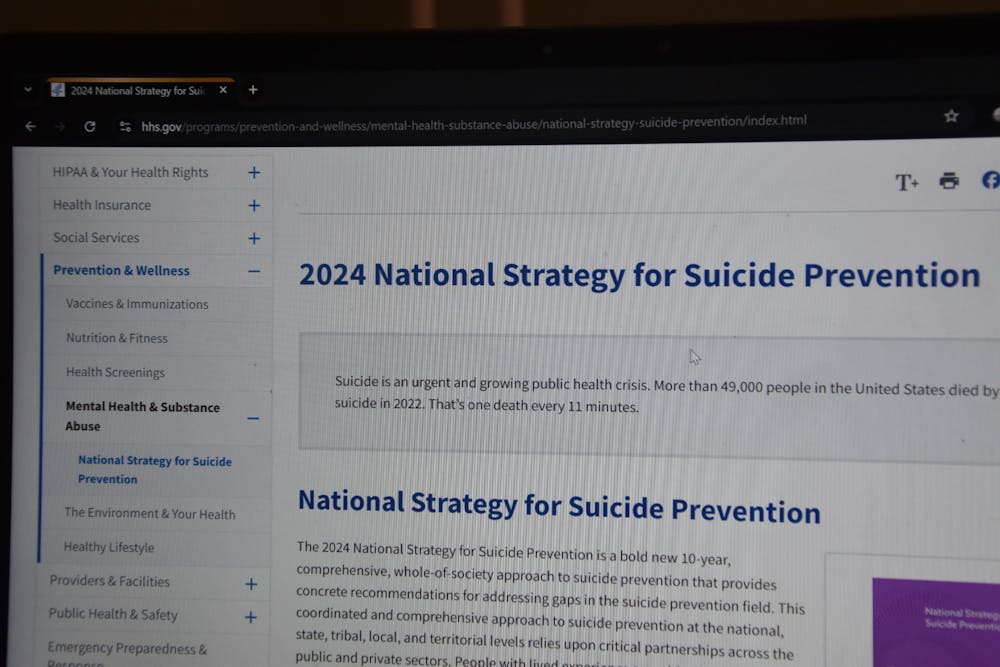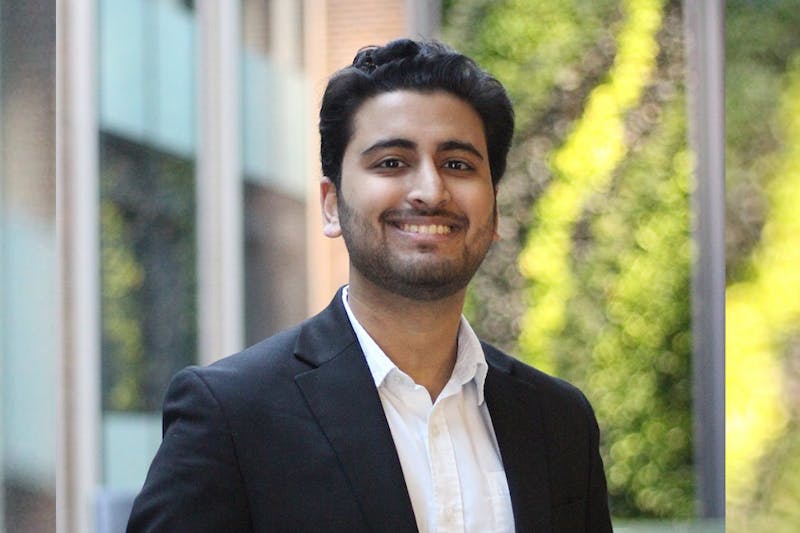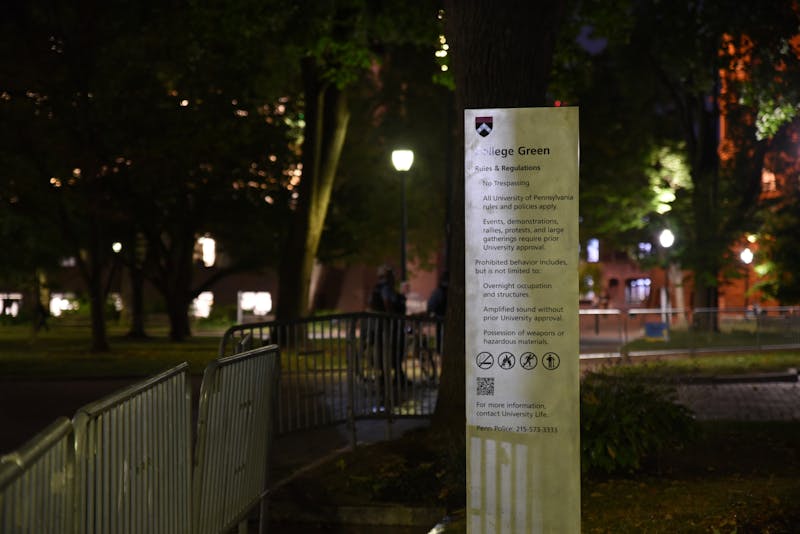
Johnny’s essence was defined by his kindness and his love for his family; he had a serene soul and a compassionate heart. He was athletic and passionate about baseball and video games. Johnny’s struggle with addiction and ultimate passing by suicide in early 2023, at 32 years old, reflects the devastating impact that substance abuse can have on individuals and families.
Johnny had an extremely supportive collection of family and friends around him, who loved him unconditionally. Despite his tremendous social support, the system failed to adequately support Johnny. There was an immense lack of follow-through after rehabilitation stays and a lack of mental health support, including times where prescriptions would run out and providers would not refill medications that were helping Johnny manage his mental health.
Stories like Johnny’s are unfortunately all too common. This highlights the urgent need for better mental health and addiction services to prevent such heartbreaking losses. In recent years, suicide has gained significant awareness, yet a troubling paradox remains. Despite increased public recognition of the issue, our mental health system continues to falter in its efforts to prevent suicide effectively. This major disconnect highlights the critical need to address the systemic cracks that allow vulnerable individuals to slip through, like Johnny.
In 1999, Surgeon General Dr. David Satcher made a call to action to prevent suicide, which was considered a landmark recognition of suicide as as a major public health concern in the United States. Satcher then created the first national strategy for suicide prevention which was released in 2001, and in 2012, Surgeon General Dr. Regina Benjamin updated this national strategy. Nine years later, in 2021, Surgeon General Dr. Jerome Adams planned to “fully implement the 2012 goals and objectives.” But did these actions improve suicide rates?
According to the CDC, suicide rates increased from 10.7 to 14.1 deaths per 100,000 people from 2001 through 2021. And to put into perspective how many people are severely suffering with their mental health, 13.2 million adults seriously thought about suicide in 2022, and 1.6 million individuals attempted suicide. Why has it taken 25 years for the U.S. government to actually implement suicide prevention strategies? And who is holding the plan accountable?
The 2024 National Strategy for Suicide Prevention was recently debuted, and it is the “first ever federal action plan addressing suicide.” This plan is a 10-year, whole-of-society approach to suicide prevention: it provides recommendations at all levels of society, including public and private sectors. The Biden-Harris administration is backing this plan and has outlined 200 actionable items to be implemented over the next three years. The goal is to address the gaps in the field, specifically the intersection of substance abuse and suicide, as well as health equity and the youth and social media.
The Federal Action Plan discusses the importance of upstream and downstream prevention. Upstream prevention focuses on preventing suicidal thoughts and behaviors before they occur, addressing broader risk factors and aiming to promote protective factors. Protective factors include social connectedness, economic stability, access to mental health care and future goals. Downstream prevention focuses on crisis intervention and treatment for those already experiencing suicidal thoughts or behaviors–this targets individuals who are at immediate or high risk of suicide.
The Federal Action Plan is extremely necessary and, if acted upon, can have immense impacts on suicide rates. However, what makes this plan any different from previous efforts? Even with over 25 years of apparent efforts in suicide prevention, the suicide rates continued to increase. Our country is at an all time low, with soaring rates of mental health disorders and suicide rates continuing to increase. As a society we need to hold this 2024 National Strategy for Suicide Prevention accountable.
While the Federal Action Plan provides a framework, the power of individual action can significantly impact suicide prevention efforts. Stigma associated with suicide and suicide ideation still remains prevalant. Please share this 2024 National Strategy for Suicide Prevention and Federal Action Plan Social Media Toolkit on your social media, which has graphics that can be downloaded, as well as themes with suggested social media captions. The goal is to raise awareness, reduce stigma and support this action plan. Individuals can also reach out to local, state and federal representatives, to let them know the public is expecting results. Contact information for three agencies supporting this action plan are listed below.
Connecting with your local community is also imperative to encouraging the progress of this action plan, such as volunteering at crisis centers or taking initiative to promoting mental health and suicide prevention in your workplace, educational institution or your favorite hangout spot. Most importantly, please be cognizant of individuals isolating and provide social connection to your peers, which is a key protective factor against suicide.
In the delicate tapestry of human lives, each thread is irreplaceable. Every soul is unique and precious. Collaborative suicide prevention can weave a safety net of compassion, catching those who feel they’re falling. We need to remind those that even in their darkest moments they are worthy of the light. That inherent beauty sometimes becomes obscured by the shadows of despair, but we hear the need and we can hold our government accountable as a community. Johnny deserved to feel supported, and our society failed him.
*This article is dedicated to my cousin, Johnny, may you rest in peace and may your story continue to raise awareness and help others.
*If you or someone you know is is having a mental health, substance use, or suicidal crisis, call 988 (The National Suicide and Crisis Lifeline). It provides free and confidential emotional support to people 24/7.
Resources and Contact Information
LAUREN LYNCH is a nurse practitioner student studying psychiatric mental health. Her email is lalynch@upenn.edu.
The Daily Pennsylvanian is an independent, student-run newspaper. Please consider making a donation to support the coverage that shapes the University. Your generosity ensures a future of strong journalism at Penn.
Donate












